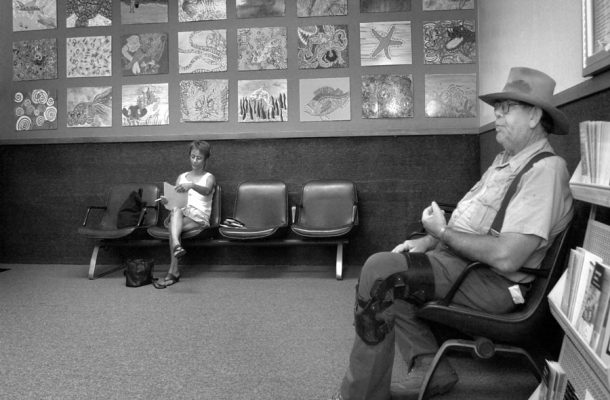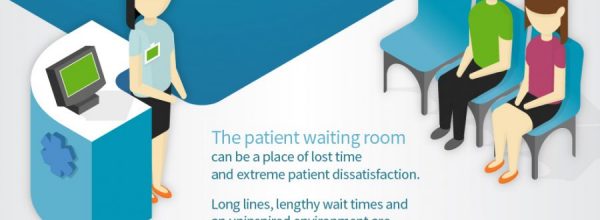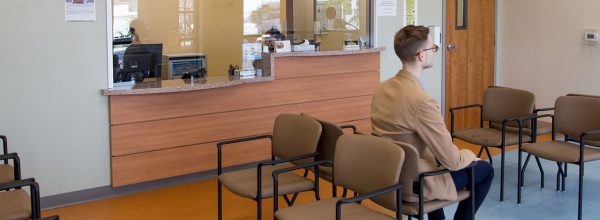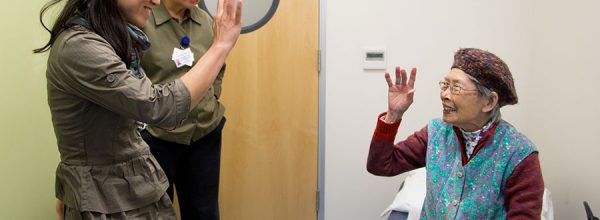I’m a pilot, so when I stumbled across an article by Roy Smythe titled “What Healthcare And Airlines Have In Common,” I couldn’t resist. After reading, with a chuckle or two along the way, I have to admit Roy makes a great case.
We at CCI have long talked about the value of learning from other industries. Sometimes we are learning from their innovations and great ideas. Sometimes we can learn from them because they struggle with the same issues we do. Smythe ticks off the similarities between going to the doctor and catching a flight. Some of these are pretty encouraging, such as how providers have adopted the principles of crew resource management and checklists to improve the quality of care and reduce errors. But there is a dark side to this comparison, too.
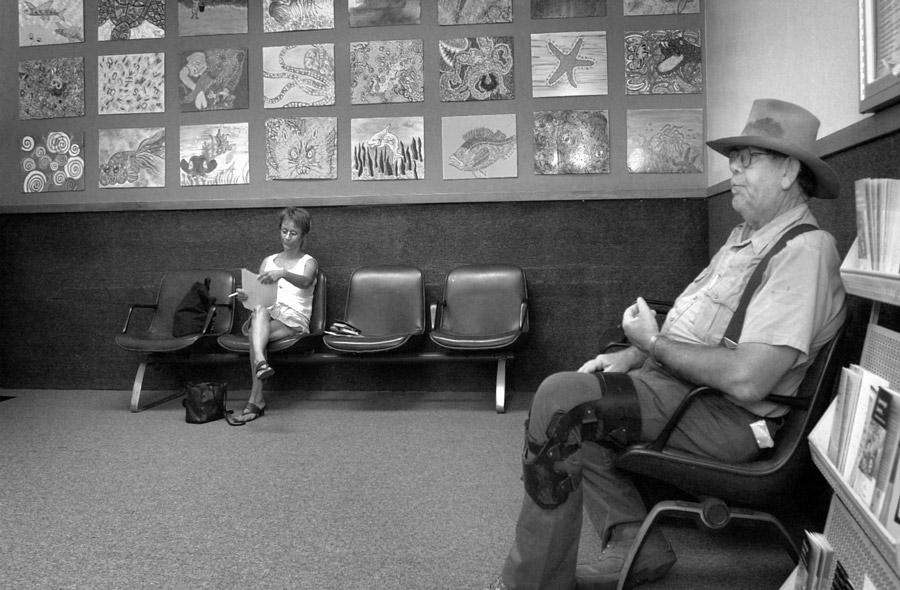
In taking care of our patients, we mirror many of the worst components of the flying experience:
- Our passengers feel anxious and rushed.
- Parking is often a hassle.
- Signage is often confusing.
- The environment is anything but inviting.
- Chairs in an airport terminal are uncomfortable and situated to maximize capacity and minimize privacy.
- The airport gate gives you a number and then asks you to sit and wait.
- The most common conversation is either “the flight is running late” or “Sorry, I can’t change your reservation.”
- After getting past the gate you may well sit on the tarmac for a while.
It’s not hard to see how this scenario is eerily and unpleasantly accurate. Just substitute patient for passenger; waiting room for terminal; front desk for airport gate; doctor for flight; appointment for reservation; and empty exam room for tarmac. Both systems shuffle humans through a complicated, highly regulated system, and both have evolved in recent decades to maximize certain efficiencies at the cost of the comfort and convenience of our actual customers.
Now, we know airlines are still capable of providing a great customer experience—they do so for first class passengers every day. For them, the path to greater profits come from cutting amenities in coach, both to save money and to encourage travelers to spend more on higher tier tickets. In the safety net we don’t have that option—our patients don’t have the money to pay for nicer accommodation. Despite that, we still have a mandate to improve our patients’ experience.
I believe we can apply innovation principles to change this kind of experience. Let’s start by asking these questions:
- How can we find and train staff (and perhaps volunteers) to engage people in conversation, hold a few hands and boost our patient’s spirits and confidence?
- How can we soften the patient spaces to improve comfort and privacy rather than maximizing capacity?
- How can we minimize the time spent waiting in an empty exam room?
- Most importantly: how do we create a positive experience of healthcare for our patients?
I challenge everyone across the safety net: next time you take a flight, think about what you are experiencing. Take note of what goes smoothly from your perspective, and what is frustrating or confusing to you or your fellow passengers. Then come back and look for parallel patterns in your own organization. Let us know what you find out.

